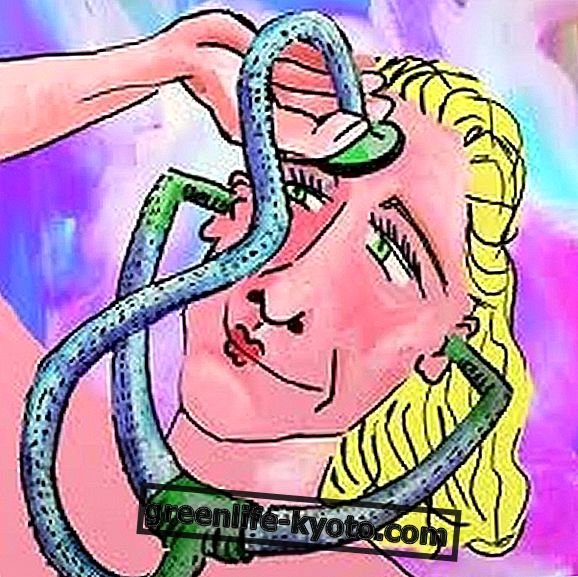
The devil 's claw has an anti-inflammatory and analgesic action and is a useful remedy for the treatment of back pain : let's see when and how to take the devil's claw.
Devil's claw: what it is and what it is used for in herbal medicine
The devil 's claw ( Harpagophytum procumbens ) is a perennial climbing plant native to the desert regions of South Africa; in traditional South African medicine, the devil's claw is used for various ailments including fever, dyspepsias, birth pains and rheumatic diseases.
The drug of the devil's claw is represented by the secondary roots of the plant which contain iridoid glycosides, triterpenes and polyphenols; the drug is characterized by a bitter taste and must contain at least 1.2% of arpagoside (an iridoid) calculated on the dried drug.
The devil's claw has anti-inflammatory and analgesic properties and is used in case of arthritis, tendinitis, periatritis, fibromyositis when there are no serious articular compromises.
The anti-inflammatory action of the devil's claw is due to the inhibition of lipoxygenase, an enzyme responsible for the synthesis of leukotrienes starting from arachidonic acid. Leukotrienes are proinflammatory molecules that can therefore induce inflammation, pain, fever and their inhibition has an anti-inflammatory effect.













